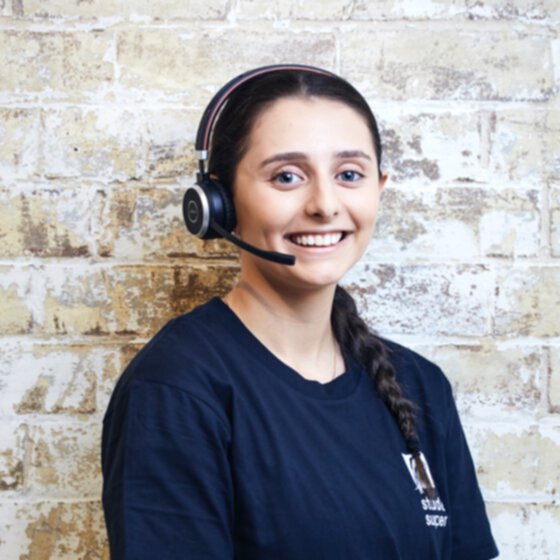

Government Incentives
Make the most of the government incentives available to help grow your super!
As a Student Super member, we don’t want you to miss out.
Incentive 1,
Super Co-Contribution
OK, boring name, but this is a great incentive to increase your super balance!
Here’s the A, B, C of the deal:
- A.Check if you earn less than the threshold (before tax):
- ●Less than $62,488 between 1 July 2025 to 30 June 2026
- ●Less than $60,400 between 1 July 2024 to 30 June 2025
Most young people working part-time earn below the threshold. Is this you? - B.Make a personal contribution to your super account i.e. transfer some money from your bank account to your super account. Student Super has a BPAY feature that makes this easy.
- C.Then the government will make a co-contribution into your super account! These co-contributions are subject to the government’s eligibility requirements. Please see those requirements at the ATO website. Yep, that’s money from the government paid to your super account! For example, if you earned less than $47,488 p.a. (between 1 July 2025 to 30 June 2026), they’ll give you 50 cents in the dollar up to a maximum of $500. So, if you transfer $600 into your super account, the government will put $300 into your super.
Even better, you can do this every financial year if you meet the ATO’s criteria!
Another good thing – because this is a personal contribution, you can withdraw this later to buy your first home under the government’s “First Home Super Saver Scheme” (FHSSS).
| Year | Lower income threshold | Higher income threshold | Maximum co-contribution |
|---|---|---|---|
2025-26 | $47,488 | $62,488 | $500 |
2024-25 | $45,400 | $60,400 | $500 |
OK, what are the details?
- You need to be earning 10% or more of your total income from employment related activities e.g. income from working at a job.
- You need to make a personal contribution into your super account. You need to have added your TFN (Tax File Number) to your Student Super account to do this.
- You need to lodge a tax return following the end of the financial year, so that the government knows how much money you’ve earned.
- If your income is below the lower income threshold, the government’s co-contribution will be 50c for every $1 you contribute. The maximum amount the government will co-contribute is $500 p.a.
- If your income is between the lower and higher income threshold, then the co-contribution amount will decrease progressively as your income increases. You will not receive a co-contribution if your income is equal to or greater than the higher income threshold.
- The maximum amount that the government will co-contribute is $500 p.a. So, to maximise the benefit of this incentive, if you earn less than the lower threshold you would need to contribute $1,000.
For more information about the super co-contribution check out the ATO website.

Storm tried it
In June 2020, Storm (Commerce, USyd) wanted to test this incentive out. She has a part time job, and she met the criteria of having an income under the lower eligibility threshold. So she’s eligible for the best rate of co-contribution – 50 cents in the dollar.
Storm used the Student Super BPay details to transfer $100 from her bank account to her Student Super account. In July, she will do her normal tax return (which will confirm to the ATO that she earnt less than the threshold). The ATO will then transfer $50 into her Student Super account. Too easy. Next year she plans to do more.
Want to get started?
You can make a personal contribution by logging into Student Super and using the Personal Contributions page.
Incentive 2,
Low Income Super Tax Offset (LISTO)
The great thing about this incentive is you don’t have to do anything extra to get it.
If you’re eligible, the government just pays the LISTO automatically. Just make sure your Student Super account has your TFN (Tax File Number).
Here's the deal;
If your total income from working at a job is below the tax-free threshold, the government won’t make you pay any tax on that income. However, you will have paid 15% tax on the super contributions your boss made to your super account.
Because you’re classified as a low-income earner, the government refunds this tax to your super account.
OK, what are the details?
If you have an adjustable taxable income of $37,000 or less p.a. you could be eligible to receive LISTO.
You need to lodge a tax return following the end of the financial year, so that the government knows how much money you’ve earned.
- The maximum amount you can receive per financial year is $500.
- Your super fund will need your TFN to receive your LISTO.
- So long as you meet the eligibility criteria, the LISTO will be automatically paid into your super fund account.
For more information about the LISTO and eligibility, check out the ATO website.


